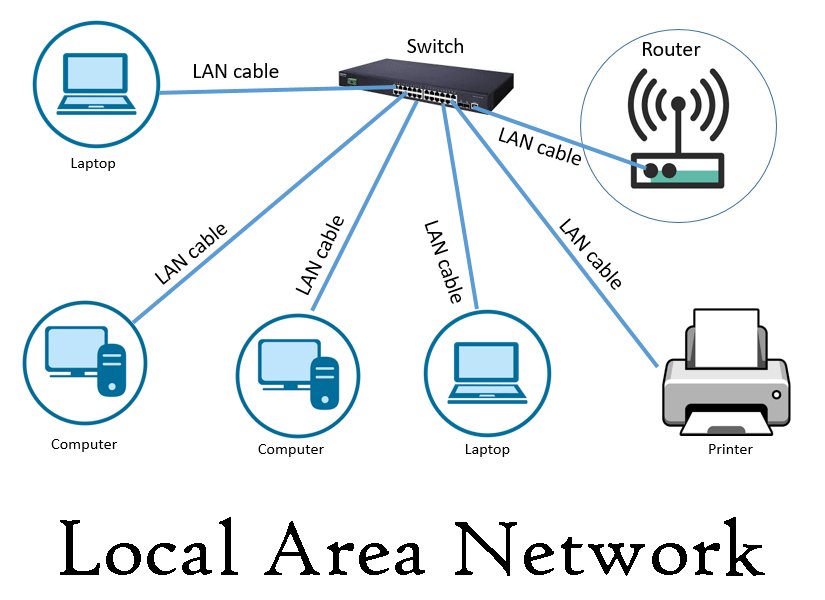Network Basics
In today's interconnected world, computer networking plays a crucial role in enabling communication and sharing resources. Whether it's browsing the internet, streaming videos, or accessing files on a shared server, computer networks enable this seamless connectivity.
What is Computer Networking?
Computer networking involves connecting multiple computers and devices to share information and resources. It enables data transmission and communication between networked devices, creating a digital infrastructure that drives modern connectivity.
Key Components of Computer Networking:
Nodes:
Nodes refer to any device connected to the network, such as computers, servers, routers, switches, and printers. Each node possesses a unique identifier called an IP address, allowing it to send and receive data.
Cables and Connections:
Physical cables, such as Ethernet cables or fiber optic cables, establish the physical connections between nodes. Wireless connections, like Wi-Fi or Bluetooth, use radio waves to transmit data.
Protocols:
Network protocols are a set of rules and conventions that govern how data is transmitted and received across a network. The Transmission Control Protocol/Internet Protocol (TCP/IP) is the foundation of the internet and most modern networks.
Types of Networks:
Local Area Network (LAN): A LAN connects devices within a limited geographical area, such as a home, office, or school. It enables resource sharing and facilitates communication between devices.
An example would be your home network, where your router, computers, and phones are connected.
Wide Area Network (WAN): A WAN spans over a much larger geographical area, connecting multiple LANs over long distances. The internet itself can be considered a vast WAN.
WANs are often used by large businesses to interconnect their satellite offices to a main office.
Wireless Networks: Wi-Fi networks utilize radio waves to connect devices without the need for physical cables. They provide flexibility and convenience for mobile devices and are commonly found in homes, cafes, and public spaces
Wi-Fi technology is very useful for devices that are constantly on the move or devices in places that are not easily reachable by physical cables.
Network Hardware:
Routers:
Routers connect multiple networks together. They also connect computers on those networks to the Internet. A router acts a dispatcher. It analyzes data being sent across a network, chooses the best route for data to travel, and sends it on its way. Routers connect your home or business to the world, protect information from security threats, and can even decide which computers receive priority over others. Beyond those basic networking functions, routers come with additional features to make networking easier or more secure. Depending on your security needs, for example, you can choose a router with a firewall or a virtual private network (VPN)
Switches:
Switches are the foundation of most business networks. Switches can be used in home networks but are not as common. A switch acts as a controller, connecting computers, printers, and servers to a network in a small geographical area. Switches allow devices on your network to communicate with each other, as well as with other networks, creating a network of shared resources.
Access Points:
An access point allows devices to connect to the wireless network without cables. A wireless network makes it easy to bring new devices online and provides flexible support to mobile workers. An access point acts like an amplifier for your network. While a router provides the bandwidth, an access point extends that bandwidth so that the network can support many devices, and those devices can access the network from farther away.
But an access point does more than simply extend Wi-Fi. It can also give useful data about the devices on the network, provide proactive security, and serve many other practical purposes.
Computer networking forms the backbone of modern connectivity, enabling devices to communicate, share resources, and access information. Understanding the basics of networking, including components, protocols, and network types, is very useful in today’s world. If there is one thing that is never going away, its networking.
Thanks for reading - M






